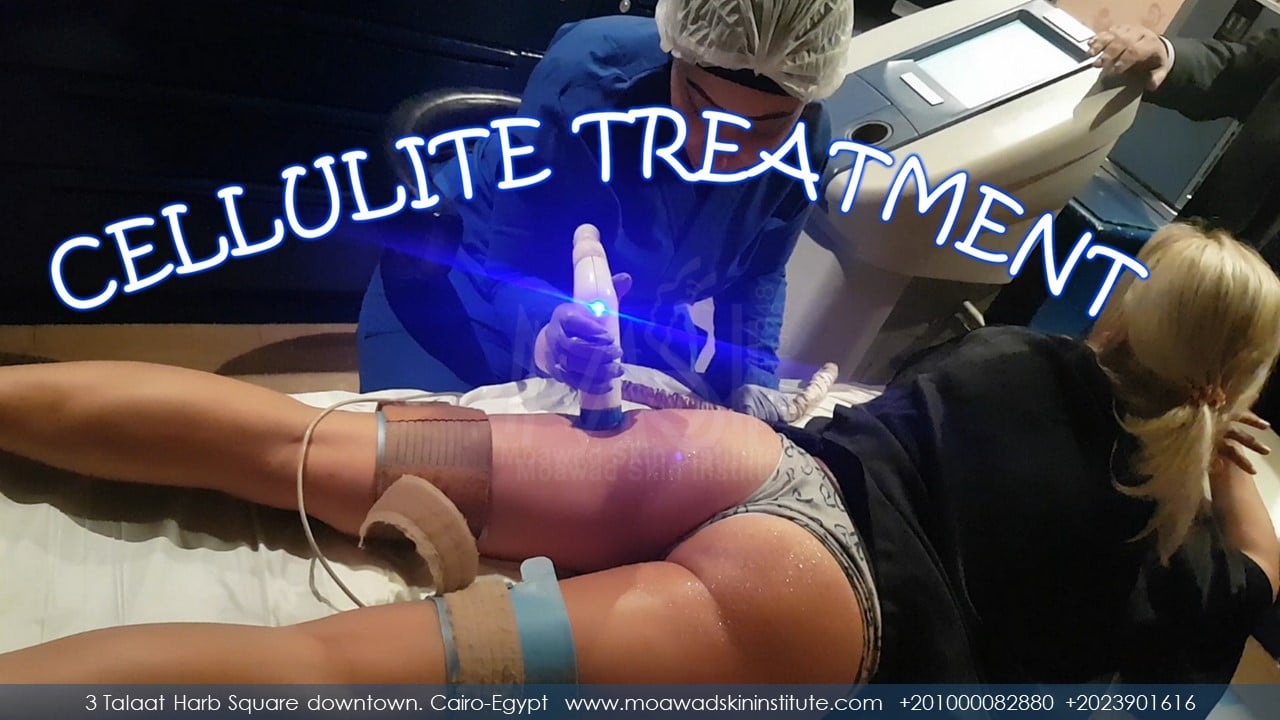Cellulite Skin Treatment
The term cellulite refers to the 'orange peel,’ 'mattress,' or 'dimpling' appearance on the thighs, buttocks, and sometimes lower abdomen and upper parts of the arms of otherwise healthy women. Approximately 85% of post-pubertal woman has a form of cellulite. This appearance is much more common in women than in men because of differences in how fat, muscle, and connective tissue are distributed in men's and women's skin. Although rarely observed in men, those men presenting with cellulite are commonly deficient in male hormones. The lumpiness of cellulite is caused by fat deposits that push and distort the connective tissues beneath the skin, leading to characteristic changes in the appearance of the skin. The causes of cellulite are not well understood. Theories include genetics, circulatory problems, inflammation, hormonal disturbances, tight clothing, and lifestyle factors. Although being overweight is not a prerequisite for cellulite, excess body fat makes cellulite more visible. The aging process can worsen the appearance of cellulite, as skin loses elasticity and is less able to resist irregular tension created by the fibrous bands. Despite many treatments available—all of which claim to work somehow—few do work, and many works with unpredictable results. The new minimally invasive techniques of power liposuction (without suction) and fat transfer are rewarding to achieve acceptable results.
